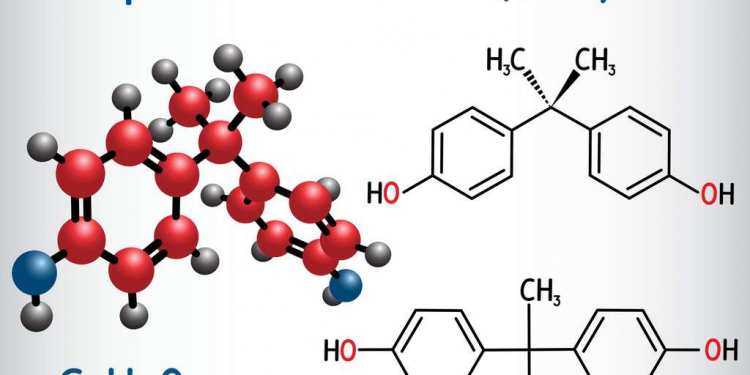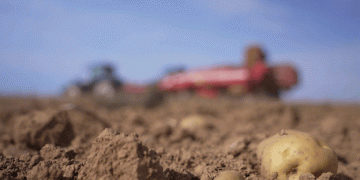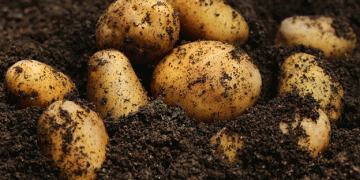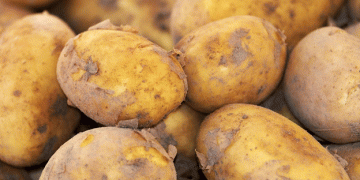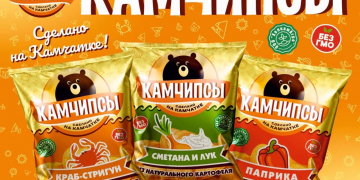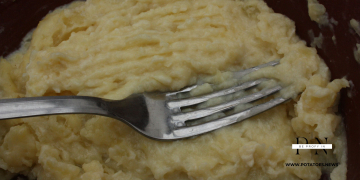After identifying the potential harmful effects of bisphenol A (BPA) on the immune system, the European Food Safety Authority (EFSA) recommended stricter regulation of the substance. In response, the European Commission adopted Regulation 2024/3190 on 31 December 2024, which bans the use of BPA in all materials in contact with food.
According to the US Department of Agriculture (USDA), the decision expands existing restrictions, as BPA was previously banned in the EU for the production of baby bottles.
From 20 January 2025, BPA and its compounds may not be used in the production of:
Plastic food packaging.
Varnishes and coatings.
Food paints and adhesives.
Ion exchange resins, silicones and rubber.
Limited exemptions
Some limited uses of BPA are still permitted, but strictly within the scope of Annex II of the new regulation.
To avoid immediate disruptions to the supply chain, the EU has provided for a phase-out of BPA:
Single-use products in contact with food can be sold until 20 July 2026.
Final packaging materials produced with BPA can be on the market until 20 July 2028 if they are intended for the preservation of fruit, vegetables (except juices) and fish products.
Single-use packaging where the varnish or coating with BPA is applied only to the outer metal surface is also permitted until 20 July 2028.
Finished packaged products produced under these timeframes can remain on the market until stocks are exhausted.
Impact of the ban on the industry
This ban creates new challenges for packaging manufacturers, processors and exporters, as they will need to:
Switch to alternative materials that meet EU standards.
Revise production technologies in accordance with the new regulation.
Adapt to the transition period to avoid losses.
How will the BPA ban affect potato producers?
The potato industry, which actively uses plastic packaging and coatings, will also face the need to switch to safe alternatives.
Do you think producers will have time to adapt to the new requirements? Share your opinion in the comments!
